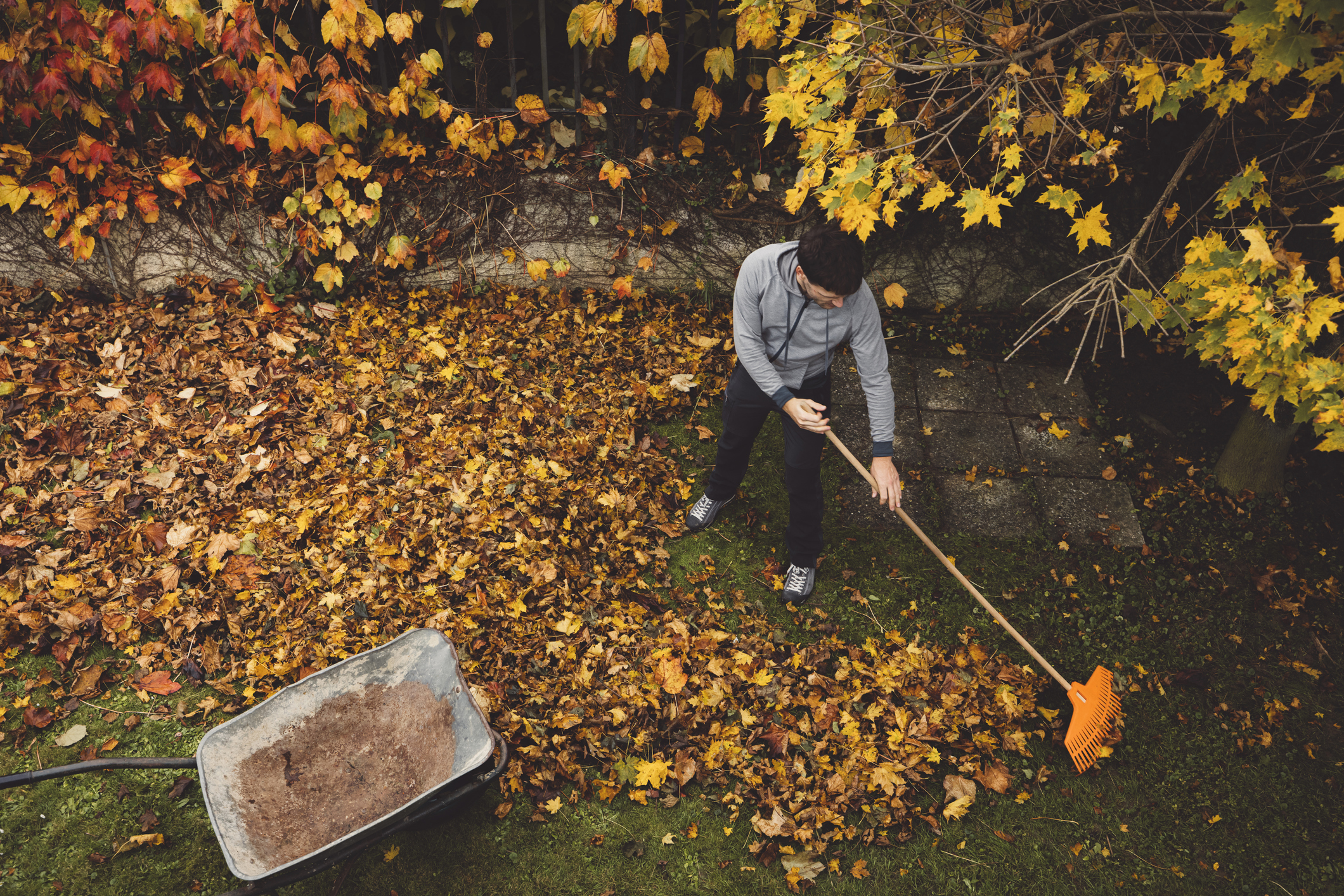How to avoid eye injuries while working around the yard

When the leaves start changing, we know fall is here, and with it an increase in yard work for many of us. That also means an increased risk of eye injuries.
We spoke with Dr. Andrew Pearson, Chair of the Department of Ophthalmology and Visual Sciences at UK HealthCare, about the prevalence of eye injuries from yard work in the fall and the best way to reduce these risks.
Are there any specific risk factors that occur while doing yard work that increase the likeliness of eye injuries?
Using equipment like leaf blowers, weed whackers, mowers and chemicals in the fall increases the likeliness of eye injuries or even blindness. The biggest risk factor is failure to wear proper eye protection in the first place.
When in doubt, stop, go back to the house and get safety glasses.
If an eye injury occurs, what steps should an individual take to seek proper medical attention?
Seeking medical attention sooner rather than later is one of the best predictors of outcomes when an eye injury has occurred. UK HealthCare Advanced Eye Care is the only regional Emergency Department with 24/7 ophthalmology coverage, which allows you to seek help sooner rather than later if you do experience an eye injury.
Seeking help right after an eye injury decreases the likelihood of major complications. To purchase safety glasses or UV sunglasses, visit your eye care provider or the UK Advanced Eye Care Optical Shop located at Shriners Medical Complex or UK HealthCare Turfland.
Symptoms of Eye Injuries
• Pain: After an injury you may experience light discomfort or a sharp, or even throbbing pain.
• Swelling: You may experience eye swelling involving redness, puffiness and an enlarged appearance of the eyelids or surrounding areas
• Bruising: Bruising in the tissue around the eye is a common symptom of an eye injury.
• Problems with eye movement: Not being able to easily move your eyes.
• Bleeding: The white part surrounding your eye may be red, which is a sign an eye injury has occurred.
• Change in vision: You may experience blurred vision or see flashes of lights.
• Light sensitivity: You may experience intolerance to light that causes pain or discomfort.
Protective Eyewear
You can purchase safety glasses at a home improvement store. If you need a prescription, talk to your eye care provider about protective prescription eyewear.





